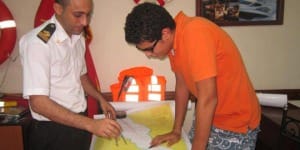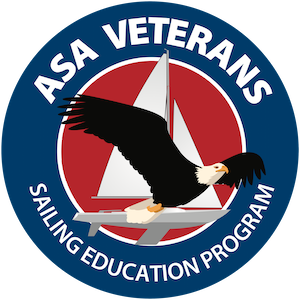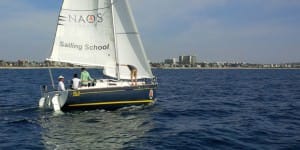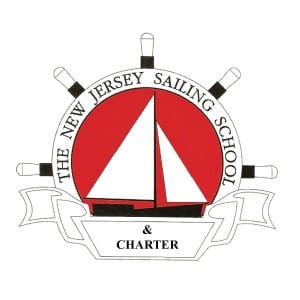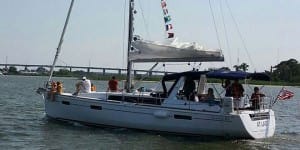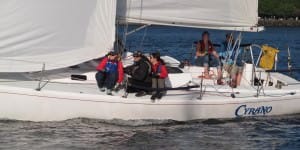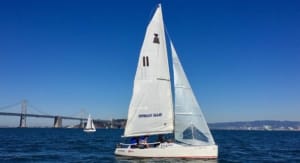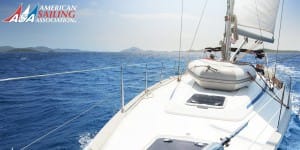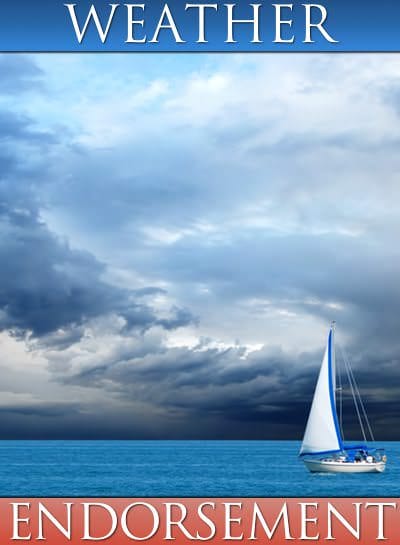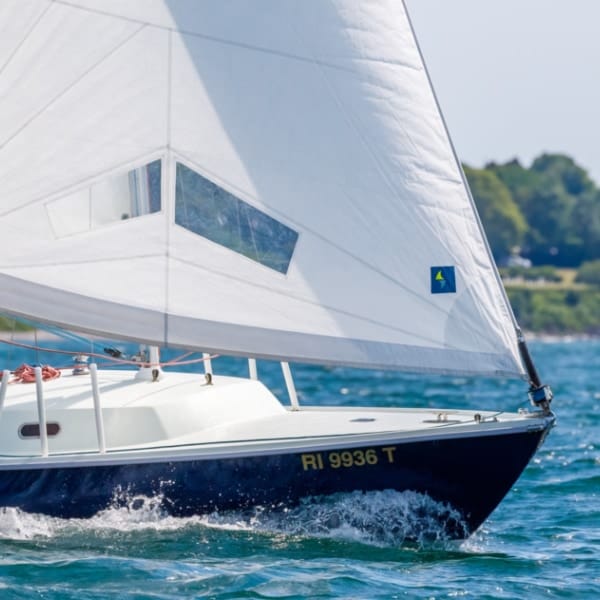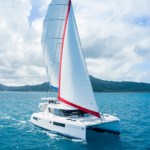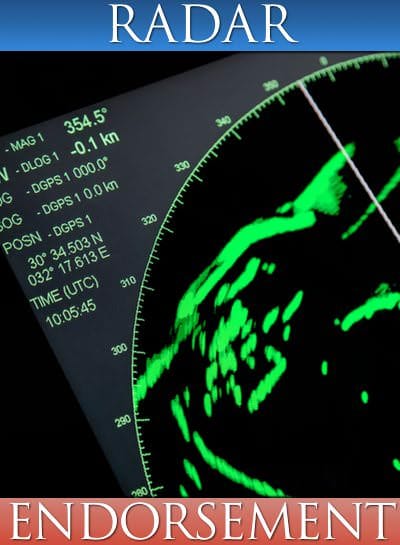
ASA 120, Radar Endorsement
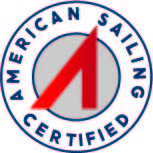
Able to properly use small-craft radar (or radar simulator) for piloting, navigation, and collision avoidance. Knowledge of radar principles and practical matters of radar operation.
| Prerequisites | and the ability to demonstrate competencies in all knowledge and skills elements of that Standard. |
|---|---|
| Study Materials |
KNOWLEDGE
1. Describe the principles of radar and how it works, including:
- Overview of system components
- Microwave pulse and beam structure
- Radar target characteristics
- Range of detection, scanner design, and mounting options
- Power requirements
- Radiation safety near radar scanners
2. Demonstrate basic radar operation, including:
- Power on, warm up, and initial adjustments
- Gain adjustments
- Use of anti-clutter controls for rain (FTC) and sea state (STC)
- Pros and cons of optional display modes: Head-up, North-up, and Course-up
- Optimizing pulse-length selection
- Measuring target range and bearing with VRM, EBL, and cursor mode
- Use of guard sectors and alarms
- Optimizing radar picture for specific observations
3. Interpret the radar screen, including:
- Optimizing radar picture for specific observations
- Radar shadows
- Effect of horizontal beam width on target images
- Effect of pulse length on target images
- Identifying interference and other unwanted echoes
4. Demonstrate the use of radar for piloting a vessel, including:
- Use of radar to hold a desired course
- Use of electronic range and bearing line (ERBL)
- Finding and keeping track of position relative to prominent landmarks
- Identifying distant harbors or channels
- Rounding a corner at a safe distance off the shore
- Anchoring with radar
5. Demonstrate radar position navigation, including:
- Coordinating electronic chart displays with the radar screen
- Quick radar range and bearing confirmation of GPS positions
- Accurate multi-range fixes using radar
6. Demonstrate how to use radar for assisting with collision avoidance, including:
- Use and value of target trails and wakes
- Tracking targets with EBL and VRM
- Estimating time, range and bearing to closest point of approach (CPA)
- Figuring true course and speed of approaching targets (relative motion diagram)
- Determining expected running lights based on radar observations
- Rules of thumb for radar maneuvering
- Radar reflectors
- Overview of ARPA and AIS
7. Describe and demonstrate the use of radar in conjunction with the USCG Navigation Rules and Regulations Handbook, including:
- Role of radar in evaluating collision risk
- Cautions (limitations) for radar use
- Requirements for checking various ranges and adjustments
- Application of Rule 19(d) — when detecting a converging target by radar alone

